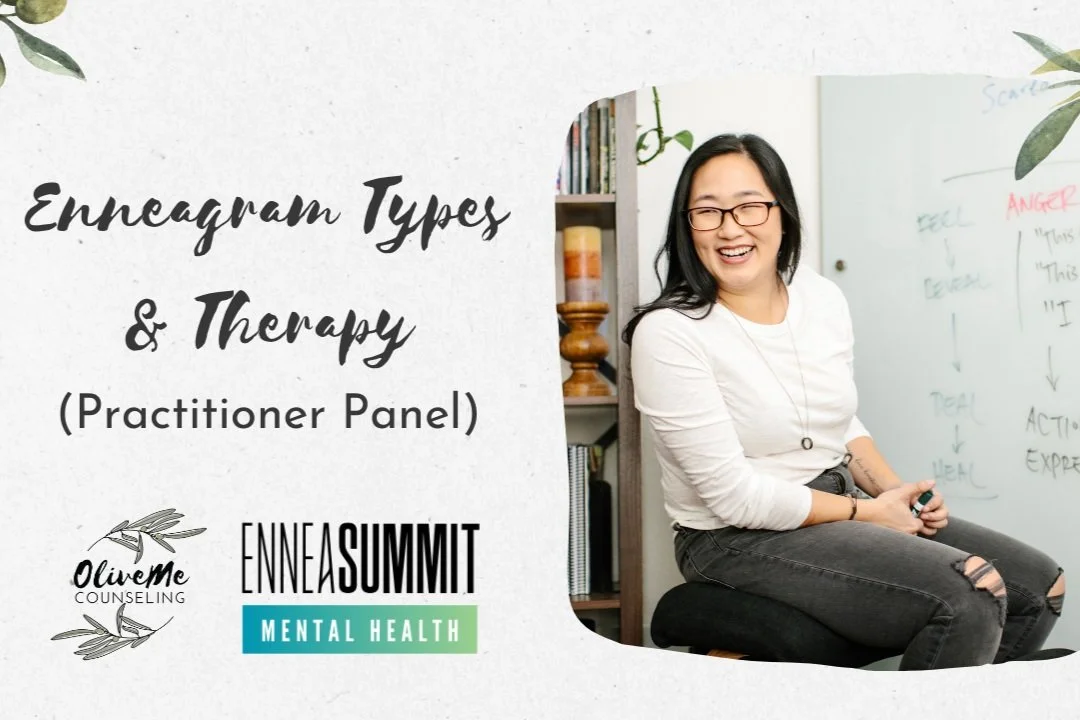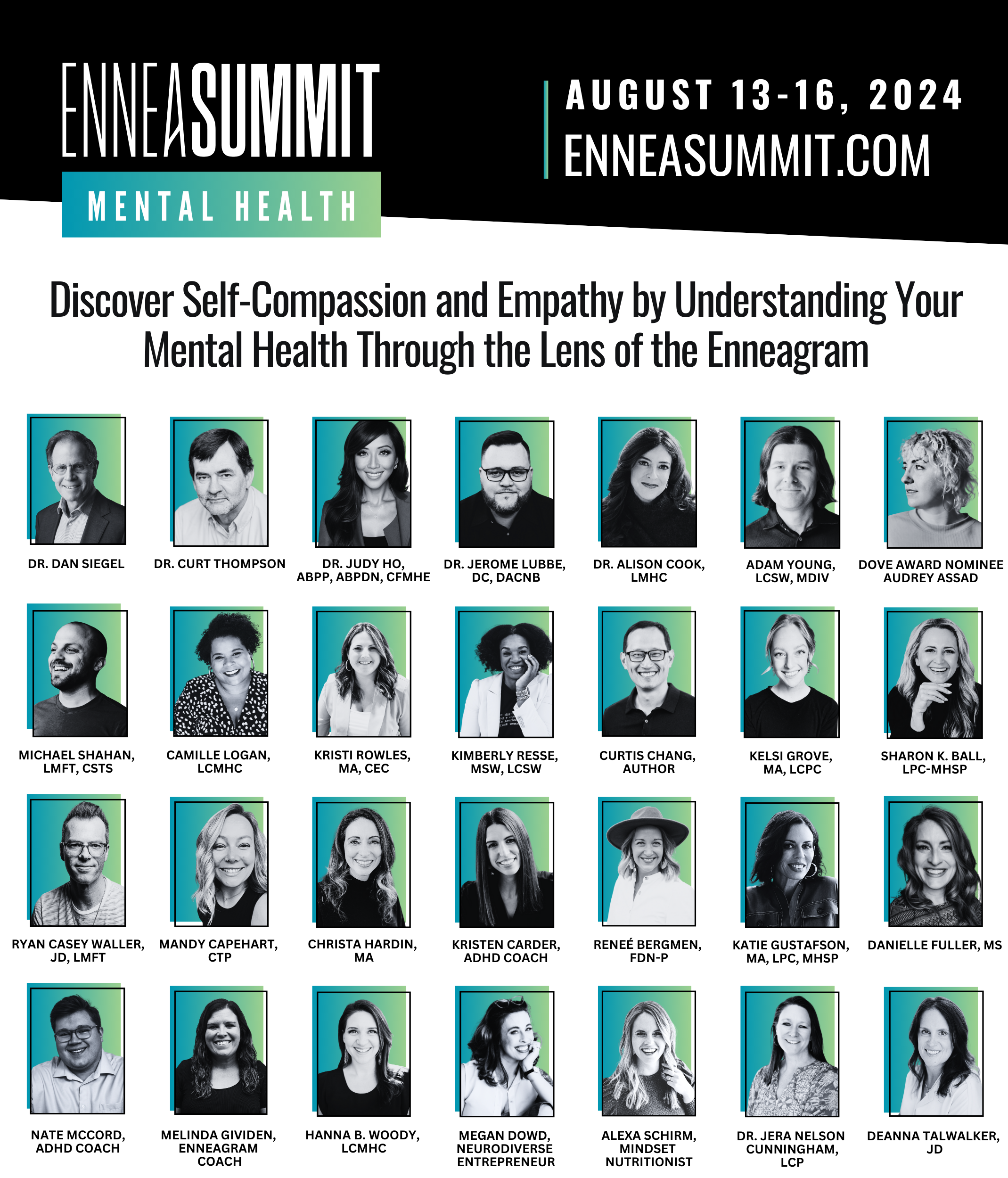Integrating the Three Centers of Intelligence
Centers in Imbalance & Disharmony
Though we have all three Centers of Intelligence (head, heart, body), there's WAY too much emphasis on Head Center especially in the Westernized world:
Logic + reason = maturity
Science is truth (even though science is itself an ever-evolving PROCESS)
The only thing that matters is what's concrete, visible, measurable, actionable
Whatever is abstract, etherial, immeasurable DOESN'T matter (or exist)
Emotions = immature
Energy = DNE (does not exist)
In recent decades, there's been more room for the Heart Center themes (it's no surprise that there's been a surge of EQ trainings and that Brene Brown is now a household name):
Feelings not only exist, but they are valid and essential
It's all about empathy, connections, vulnerability, and authenticity
Let feelings come, let them go - they, too, shall pass*
(*I just think that this development stopped shy, so I've taken that on as a personal mission through Intelligent Emotions to highlight what people do next besides just tolerate feelings.)
We in the Western world are still WAY behind when it comes to integrating the Body Center. So many questions, not a lot of answers...
If the currency of the Head Center is thoughts and of the Heart Center is emotions, what is it for the Body Center?? (sensations? energy?)
A lot of the Body Center experiences are a mystery...How exactly do body types just *know* what needs to be done?
Is it really only that Ones are just super judgmental, Nines are just super pushover-y, and Eights are just assholes?? (So much misunderstanding...)
Body types are action-oriented so they're spending energy doing/not doing...instead of contemplating deeper truths of life (hello, Enneagram 4s and 5s) or trying to navigate/explore the world around them (Enneagram 2s, 3s, 6s, 7s)
Perhaps we could learn a lot from the Eastern traditions beyond just doing yoga as a form of exercise to improve our image/physique or because it's a trend to follow.
More to come later on Body types specifically, but for now, the question is:
How do we reconcile + integrate all three Centers of Intelligence?
(Skip to the end for one practical application. If you need some explanation as to how and why this matters, keep reading.)
Moving Towards Integration
Whatever we FOCUS on determines what we DON'T focus on. The latter is what we need to nurture so that we're more in balance.
Think of a 3-part wheel (Head/Heart/Body) where some part of the wheel is bigger, another is smaller. Because the wheel is uneven, it doesn't roll well and even gets stuck more often.
To get a well-rounded wheel, we gotta find out make the big part smaller AND/OR make the small part bigger. Sometimes it's okay not to know which one you should do first - pick one, and you'll find out the other eventually.
(The following is an art, not a science. There's WHICH box (Enneagram type) we're stuck in, and there's HOW stuck we are. Pick whichever portion stands out to you and focus on just that for this season. If you're pursuing growth, your other steps will eventually be revealed -- no need to know all the steps now.)
Here are three options for how you can integrate your Centers.
Option 1: Find out what your dominant Center is, and focus on the other two Centers.
All of us in our respective Enneagram types have biases towards certain Centers.
Body Types (Sensing/Doing) - Type 8s, 9s, 1s
Heart Types (Feeling) - Type 2s, 3s, 4s
Head Types (Thinking) - Type 5s, 6s, 7s
Example: If you're Type 2, your dominant Center is the Heart. Your work involves nurturing the Head & the Body Centers through activities like:
Head Center - being more curious about the world that DOESN'T involve feelings or relationships
Body Center - being more in tune with your body's experience of food, movement, physical sensations...or seeing the doctor for an annual physical
(If you don't know your type, start here.)
Option 2: Find out what your dominant instinct is, and focus on the other two Centers.
Our instincts also have biases regarding the Centers. If you don't yet know your type, but know your dominant instinct, these will come in handy.
Self-preservation instinct
Favors Head/thinking (rational) + Body/doing (practical)
Against Heart/feeling (too amorphous, messy, chaotic)
Social instinct
Favors Heart/feeling (image, status) + Head/thinking (bird's eye view)
Against Body/doing one's own agenda (too selfish, individualistic)
Sexual instinct
Favors Heart/feeling (relational) + Body/doing (intensity)
Against Head/thinking (too rigid, complicated, convoluted, boring)
Option 3: Do an activity that involves all three Centers, and notice what you notice.
This is the catch-all option. There are some experiences in life that inherently tap into all three Centers. Here are some examples (by no means an exhaustive list):
Music
Art
Sex
Food
Basically, the richer things in life that are inherently personal, relational, sensory-oriented, etc. are good options.
None of us can change what we don't know is happening. So notice what you notice, and you'll also be open to things that don't typically occur to you.
(If you need help, ask a trusted person what stands out to them just as another reference point. Then notice what they notice.)
NOTE:
All of these activities *can* be done very passively (often to someone's detriment) but are meant to involve a lot of dedicated presence.
There's also no inherent good or bad, right or wrong way of doing these. (Type 1s, notice what immediate reactions come up to that sentence. Take your reaction as good information, be in your body, and breathe until you settle again.
Pick one of these examples for the week, and do your best to be fully present and engaged with all your senses, all your attention, all your being.
Here are some of what each Center might notice around these experiences:
Body Center
The 5 senses - sight, hearing, touch, taste, smell
GO vs. STOP (yes! no!)
Agency, Freedom, Will - Can I do this or not? Is there something in the way? How can I clear obstacles?
Choice, Desire - Am I being controlled? What do I want? How can I get what I want?
Heart Center
Image - How do I look? How do others see me? Do others see me?
Status - Is this the best? Worst? Popular? Unpopular?
Relationships - Who do I do this with? Do I do this solo?
What do I want? What do others want? What if what I want is different from what others want?
Connection vs. Authenticity
Head Center
Possibilities - What are the positive/negative/neutral options? Which is the best option?
Safety/security - Will I be okay? Will I have enough resources or experiences?
How do I keep my options open?
Abundance vs. scarcity, danger vs. safety, insecurity vs. security
Using Art as a Medium for Personal Growth
Here's an example of how I as a Type 4 might try watercolors.
Instead of focusing on Heart Center themes (image, authenticity, status, comparison), I might focus on:
Body Center
How do the different brushes feel?
What are the different strokes I can try?
Can I achieve what I have in mind? What body sensation kicks in when I can't?
Head Center
What are the different shades that come out of mixing different colors?
What happens when I mix more drops of water?
Or if I wet the paper beforehand and then drop the paint?
What can I learn from this?
Pick one of the four options (music, art, sex, food) as an exploration of your Center of Intelligence or a growth challenge to integrate all three Centers!
What are the emotional habits of your Enneagram type?
Grab this free guide that highlights the patterns that keep you stuck and the next steps to grow beyond your type!
Don't know your Enneagram type? Find yours here!
© Copyright 2023 Joanne B. Kim. All rights reserved.
JOANNE B. KIM, LMFT
Joanne is a Licensed Marriage & Family Therapist and Certified Brainspotting Practitioner in San Jose, CA. She helps people EXHAUSTED by anxiety, shame, and an allergic reaction to anger create VIBRANT relationships where they matter, too.
Many of her clients are:
(1) the highly responsible, conscientious, and empathic types
(2) Enneagram Type Ones, Twos, Fours, or Nines
(3) Highly Sensitive Persons (HSPs)
The most common words spoken by those who’ve sat with Joanne:
“I thought it was just me. I’m NOT crazy!”
“I can finally figure out what to do with all these feelings!”



































See how the Enneagram and genogram reveal trauma, boundaries, and generational patterns in families like the Bridgertons — and maybe yours too!